Grace Score Nstemi

Crt 100 30 Ability Of Grace Score To Predict Lesion Complexity In Patients Diagnosed With Nstemi Jacc Cardiovascular Interventions
Does Simplicity Compromise Accuracy In Acs Risk Prediction A Retrospective Analysis Of The Timi And Grace Risk Scores

Evaluation Of The Impact Of The Grace Risk Score On The Management And Outcome Of Patients Hospitalised With Non St Elevation Acute Coronary Syndrome In The Uk Protocol Of The Ukgris Cluster Randomised Registry Based
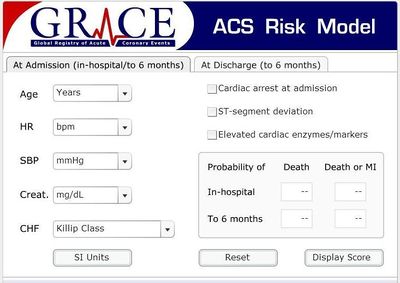
Myocardial Infarction Textbook Of Cardiology
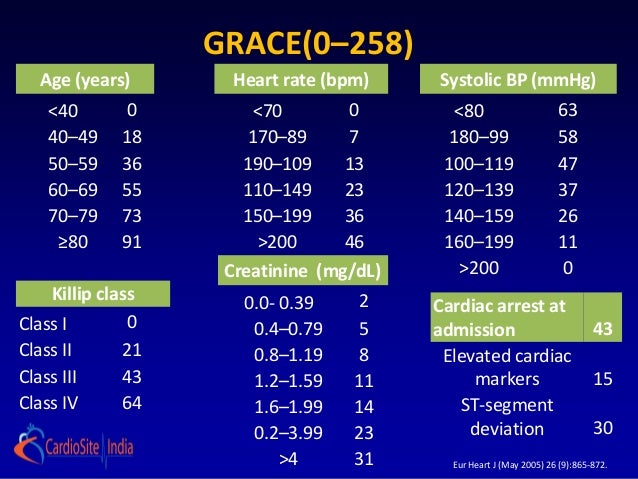
Risk Stratification In Ua And Nstemi Why And How

Table 2 From Does Simplicity Compromise Accuracy In Acs Risk Prediction A Retrospective Analysis Of The Timi And Grace Risk Scores Semantic Scholar
Both the GRACE and TIMI risk scores had good predictive value in assessment the severity of coronary artery disease in patients with non-ST elevation acute coronary syndrome, when they were compared, the GRACE score was found to be superior to the TIMI score.
Grace score nstemi. It is the predecessor of troponin testing models such as GRACE or HEART with more up to date risk stratification. Acute Coronary Syndromes (CCC) Journal articles. Assessing heart attack risk and guiding treatment A 10-year research programme resulted in the Global Registry of Acute Coronary Events (GRACE) and the GRACE Risk Score, which has saved lives by helping doctors better manage the treatment of heart patients.
4 The CRUSADE‐score was developed from a cohort of NSTEMI patients by Subherwal et al (09) to estimate baseline risk of in‐hospital major bleeding, and mortality and validated in more than 70 000 patients. According to the GRACE score, patients were divided into low, intermediate and high-risk group and it was found 24.9%, 36.1% and 39.0% in each group respectively. ESC Guidelines for the management of acute coronary syndromes in patients presenting without persistent ST-segment elevation Chairpersons Jeaan-Pierre BassandPierre Bassand.
The Global Registry of Acute Coronary Events (GRACE) score estimates the risk of death or death/myocardial infarction (MI) in patients following an initial acute coronary syndrome (ACS). The Global Registry of Acute Coronary Events (GRACE) risk score provides an estimate of the probability of death within 6 months of hospital discharge in patients with acute coronary syndrome (ACS). One more study by Hang Zhu et al.
The GRACE risk score has shown to be a good risk stratification score in population with STEMI and NSTE-ACS (non ST-segment elevation acute coronary syndromes or acute coronary syndromes without ST-segment elevation).14–18 The validation and the usefulness of GRACE score in stratified STEMI patients for an early invasive management was shown. Our aim was to assess the validity of this risk score in a contemporary cohort of patients admitted to a Spanish hospital. The GRACE RS worked well in predicting short-term and long-term death (C-statistics range 0.
Patients with a score of 0 to 2 are considered low-risk, 3 to 4 as intermediate risk, and 5 to 7 as high risk. The AUC of the HEART score was highest with 0.86 (95% CI:. (GRACE score ) • Bleeding risk (CRUSADE score ) 5 -Antischaemic Therapy 6 -Antiplatelet treatment •spirin lifelong for all, plus A.
Non-ST-elevation myocardial infarction (NSTEMI) is an acute ischemic event causing myocyte necrosis. Global Registry of Acute Coronary Events (GRACE) score. Although the risk profile of our population (median TIMI score = 5 for STEMI, 4 for NSTEMI, and median GRACE score = 164) was higher, the in-hospital mortality (7.1% for NSTEMI and 6.7% for STEMI) was comparable to that predicted by GRACE RS.
The TIMI risk score can identify high risk patients in non-ST segment elevation MI ACS and has been independently validated. 6 months mortality (and mortality/MI). Based on a global registry of 102,341 patients, the GRACE score estimates in-hospital, 6 months, 1 year, and 3-year mortality risk after a heart attack.
The mean GRACE score of the study population was 139.02 ± 46.71. 0.84–0.), followed by the AUC of the TIMI score with 0.80 (95% CI:. Rationale Assessing and categorising risk of future adverse cardiovascular events by formal risk assessment (for example, using the GRACE scoring system) in people who have been diagnosed with NSTEMI or unstable angina is important for determining early management strategies.
15,510 patients with clinical picture suggestive of acute coronary syndrome ruled-out by serial troponin;. An early routine invasive approach within 24 hours of admission is recommended for NSTEMI based on hs-cTn measurements, GRACE risk score >140, and dynamic new, or presumably new, ST-segment changes, as it improves major adverse cardiac events and possibly early survival. The GRACE risk score:.
The small OPTIMA trial randomized 142 patients with NSTEMI and a culprit lesion amenable to PCI to either immediate ( n = 73) or deferred PCI of the culprit lesion ( n = 69). An ECG is one tool that a doctor will use to calculate a person's GRACE score. This score is more accurate because it is derived from a multinational registry of unselected patients and includes hospitals in Europe, Asia, North America, South.
The GRACE Risk Score is a well-validated tool for estimating short- and long-term risk in acute coronary syndrome (ACS). 1000 patients of each presentation group were included in the final analysis;. Across all GRACE risk score groups for time periods from 0-3 years post-discharge, mortality was higher for patients who did not receive optimal care.
We'll also occasionally use the GRACE score on our high risk NSTEMI patients to consider doing early invasive management as opposed to delayed intervention in our NSTEMI patients. Global Registry of Acute Coronary Events (GRACE) hospital discharge risk score accurately predicts long-term mortality post acute coronary syndrome. 2, the ROC curves of the GRACE score, HEART score and TIMI score to predict major adverse cardiac events within 6 weeks are shown.
Improved longer-term survival (>3 years) was evident in the high-risk NSTEMI group only. Australian clinical guidelines for the management of acute coronary syndromes 16. To investigate whether improved survival from non-ST-elevation myocardial infarction (NSTEMI), according to GRACE risk score, was associated with guideline-indicated treatments and diagnostics, and persisted after hospital discharge.
However, at a press conference at the annual congress of the European Society of Cardiology, Engstrom said that among patients who scored greater than 140 on the GRACE acute coronary syndrome risk. We sought to validate its performance in a contemporary multiracial ACS. Patients with NSTEACS who have both of:.
In-hospital mortality (and mortality/MI). To determine this, a person will be given a GRACE score, which will decide if they are low, medium, or high risk. The United Kingdom national Institute for Health and Clinical Excellence (NICE) guideline has recommended employing the GRACE risk score since 10.
5 The GRACE and CRUSADE score have several similarities and tend to be used. GRACE Score < 140 (Endorsed by ESC Guidelines 15, better c-statistic than TIMI score) TIMI Score 0-1 (Endorsed by AHA Guidelines 14) Stress Test (if able to obtain quickly) NOTE:. This GRACE risk score calculator includes both ST segment elevation myocardial infarction (STEMI) and non ST segment elevation (non-STEMI).
1.2.1 As soon as the diagnosis of unstable angina or NSTEMI is made, and aspirin and antithrombin therapy have been offered, formally assess individual risk of future adverse cardiovascular events using an established risk scoring system that predicts 6-month mortality (for example, Global Registry of Acute Cardiac Events GRACE). 0.78–0.) and the GRACE score with an AUC of 0.73 (95% CI:. TIMI Risk Score for UA/NSTEMI Estimates risk at 14 days of all-cause mortality, new or recurrent MI, or severe recurrent ischemia requiring urgent revascularization for patients with unstable angina and.
The scores can be stratified between:. The Medical journal of Australia. In high-risk patients with non–ST-segment–elevation myocardial infarction (defined by a GRACE Global Registry of Acute Coronary Events score >140), a very early invasive strategy (ie, coronary angiography within the first 12 hours) was associated with a lower risk of ischemic outcomes (death and myocardial infarction) at 180 days compared.
P < 0.001 (Table 1, Supplementary material online, Figure S1. Treatment for an NSTEMI depends on how blocked the coronary artery is, as well as the severity of the heart attack itself. The predictor variables used are age, heart rate (HR), systolic blood pressure (SBP), serum creatinine, Killip heart failure class, the existence or not of cardiac arrest at admission, any deviations of the ST segment and cardiac enzyme levels.
Optimal care was defined as the receipt of all eligible treatments and was inversely related to risk status (defined by the GRACE risk score):. Originally derived with patients with known unstable angina or NSTEMI. An ECG is one tool that a doctor will use to calculate a person’s GRACE score.
The mean TIMI score of this study population was 3.24 ± 1.41. ST deviation on ECG ;. National Heart Foundation of Australia and Cardiac Society of Australia and New Zealand:.
A study conducted in Brazil, has found that GRACE score has 50% sensitivity and 98% specificity for prediction of high risk for death in NSTEMI patients as compared to TIMI Risk score(sensitivity=75%, specificity=86%). GRACE score >109 and <140;. The initial ECG may show ischemic changes such as ST depressions, T-wave inversions, or transient ST elevations;.
Cardiovascular disease is the world’s leading cause of death. GRACE-Score für die Prognose beim akuten Koronarsyndrom Alter Kongestive Herzinsuffizienz in der Anamnese (24 Punkte). Grace Risk Score (All cause mortality risk in hospital and at 6 months) Killip class (heart failure) Arterial blood pressure ;.
5958 (11.5%) and 72.7% (IQR 60.0–87.5) for high-risk NSTEMI;. One of the earliest chest pain decision rules that was widely implemented. GRACE score (Global Registry of Acute Coronary Events) Age (years) >40 0 40–49 18 50–59 36 60–69 55 70–79 73 ≤ 80 91 Heart rate (bpm) >70 0 70– 7 90–109 13 110–149 23 150–199 36 < 0 46 Systolic BP (mmHg) >80 63 80–99 58 100–119 47 1–139 37 140–159 26 160–199 11 < 0 0 Creatinine (mg/dL) 0.0- 0.39 2 0.4–0.79.
It helps us determine disposition in our STEMI patients;. Hence, TIMACS demonstrated that early intervention may be most beneficial in patients deemed by GRACE score to be at higher NSTEMI risk. Treatment for an NSTEMI depends on how blocked the coronary artery is, as well as the severity of the heart attack.
A value of 1 or 0 is assigned to each factor that is present or absent. The GRACE risk score has been developed into an app and it has been integrated into electronic medical records systems used in daily clinical management of ACS patients worldwide. Increased CK-MB or troponin concentration ;.
One-year results of the Thrombolysis in Myocardial Infarction (TIMI) IIIB clinical trial. The TIMI score was initially validated as a prognostic tool for patients admitted for ACS but has been studied for use in the diagnosis of MI. 25.6% in low, 18.6% in intermediate, and 11.5% in high-risk NSTEMI.
GRACE is not restricted to any ST segment alterations. 10, presented that both GRACE and TIMI were adoptable in clinical risk stratification and prognosis of female patients with NSTE-ACS at different age groups. Those with a score of 130 or higher go to the ICU after catheterization, and those with lower scores can go to our step down unit.
This association persisted in the overall cohort after adjustment for GRACE risk score. A validated prediction model for all forms of acute coronary syndrome:. GRACE (Global Registry of Acute Coronary Events) score is used for risk assessment in ACS (acute coronary syndrome) which includes NSTEMI, STEMI and unstable angina.
Am Heart J 07;. An ECG should be performed as soon as possible in a patient with a presentation consistent with ACS. Anderson HV, Cannon CP, Stone PH, et al.
A GRACE score will determine whether the cardiac event is low, medium, or high risk. Tang EW, Wong CK, Herbison P. Treatment will depend on the amount of blockage and the severity of the NSTEMI.
Newer chest pain risk scores such as the HEART Score have been shown to better stratify risk than the TIMI Score, particularly in the undifferentiated chest pain patient. You should know the main categories of the HEART and GRACE scores to quickly risk stratify ACS patients clinically. Both receipt of optimal care and the proportion of care received decreased with increasing GRACE risk score category optimal care 18 785 (25.6%) and proportion of care .3% (IQR 66.7–100) for low-risk NSTEMI vs.
However, it may also be normal or show nonspecific changes. Control group was younger in age, had less comorbid disease, and lower GRACE risk score compared to the STEMI/NSTEMI groups ACO Detection in NSTEMI. The overall score is predictive of the risk of death and death/myocardial infarction (MI) at 14 days.
We haven't had any bad outcomes and we've also saved a number of ICU beds this way for other patients that need ICU-level care. Patients who had a risk score of more than 140 on the Global Registry of Acute Coronary Events (GRACE) scale (high risk) benefited more from early intervention than did patients with a score of. GRACE Risk Score 2.0 substitutes several variables that may be unavailable to clinicians and, thus, limit use of the GRACE Risk Score.
Risk score >140 (in hospital death >3%) Risk score >118 (at 6 month 8%). Chew DP, Scott IA, Cullen L, et al. No risk criteria (as listed above) CLINICAL ASSESSMENT OF ACUTE CORONARY SYNDROME.
Reynolds CAD Risk TIMI Risk Score (STEMI) VALIANT Heart Failure Risk Score GRACE The GRACE ACS risk calculator estimates risk of death following acute coronary syndrome (ACS) Pre-test probability of CAD (CAD consortium) Determine pre-test probability of coronary artery disease in patients with chest pain. In an unselected real-world cohort of NSTEMI patients, angiography within 12 hours of hospitalisation was not associated with improved one-year outcomes when compared with angiography between 12 and 24 hours, even among patients with an elevated GRACE score. The TIMI risk score can also stratify risk in patients with angina and is widely used in chest pain management in clinical stages.
Estimating the risk of 6-month postdischarge death in an international registry. Dabbous OH, et al.
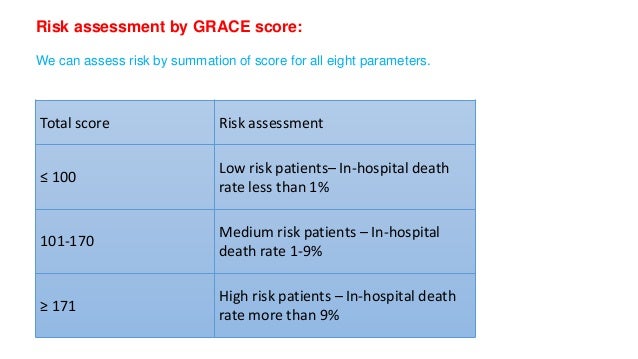
Acute Mi Nstemi

Prognostic Value Of Syntax Score Ii In Patients With Acute Coronary Syndromes Referred For Invasive Management A Subanalysis From The Spum And Comfortable Ami Cohorts

The Relationship Between Rdw And The Grace Risk Score With In Hospital Death In Non St Elevation Myocardial Infarction And Unstable Angina Pectoris Jacc Journal Of The American College Of Cardiology

Prediction Of Risk Of Death And Myocardial Infarction In The Six Months After Presentation With Acute Coronary Syndrome Prospective Multinational Observational Study Grace The Bmj

Grace Risk Score And Outcomes Low Intermediate And High Categories Download Table

Predictive Performance Of Has Bled Risk Score For Long Term Survival In Patients With Non St Elevated Myocardial Infarction Without Atrial Fibrillation Journal Of Cardiology

Evaluation Of The Impact Of The Grace Risk Score On The Management And Outcome Of Patients Hospitalised With Non St Elevation Acute Coronary Syndrome In The Uk Protocol Of The Ukgris Cluster Randomised Registry Based

Heart Timi And Grace Scores For Prediction Of 30 Day Major Adverse Cardiovascular Events In The Era Of High Sensitivity Troponin
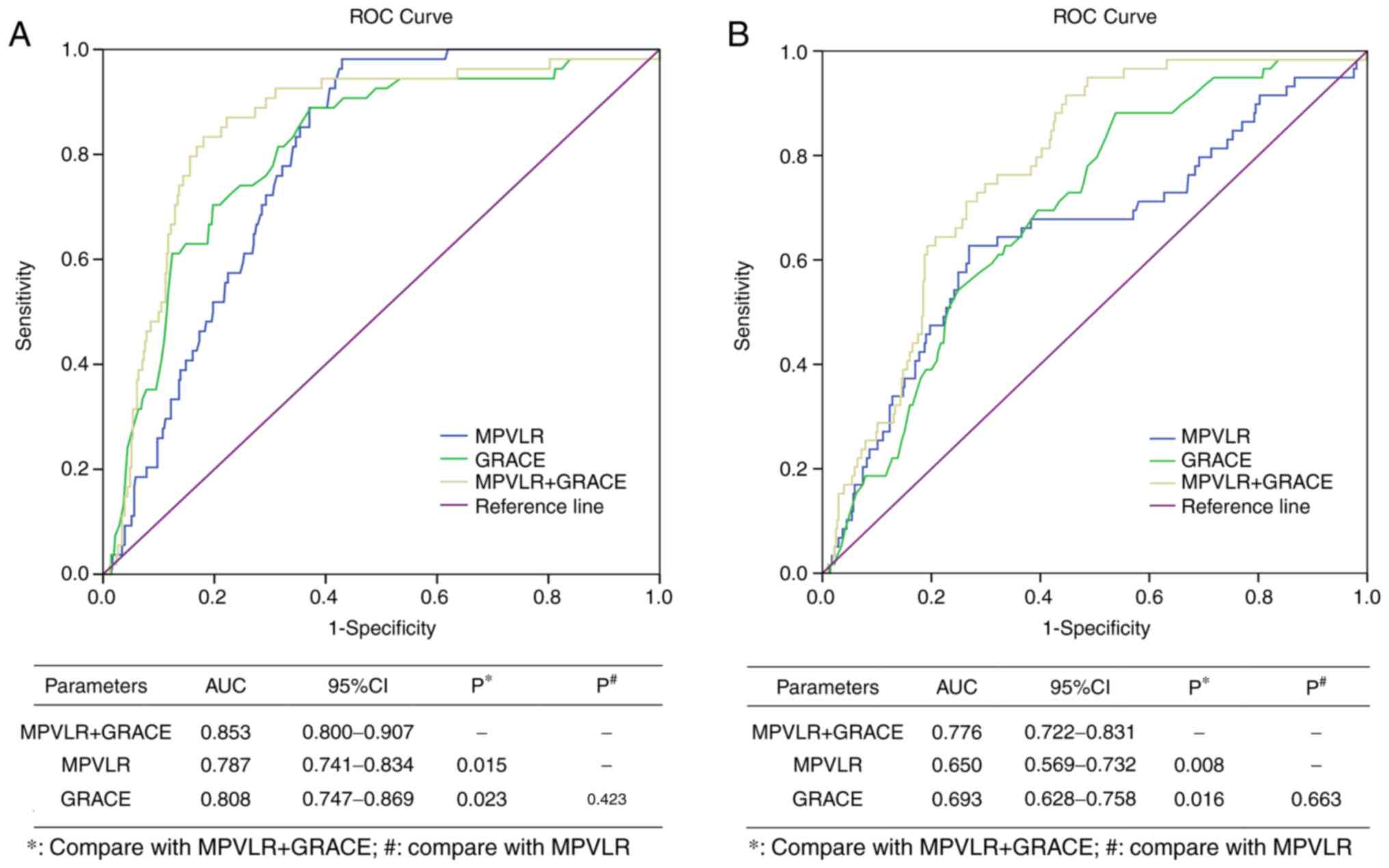
Prognostic Value Of The Combination Of Grace Risk Score And Mean Platelet Volume To Lymphocyte Count Ratio In Patients With St Segment Elevation Myocardial Infarction After Percutaneous Coronary Intervention
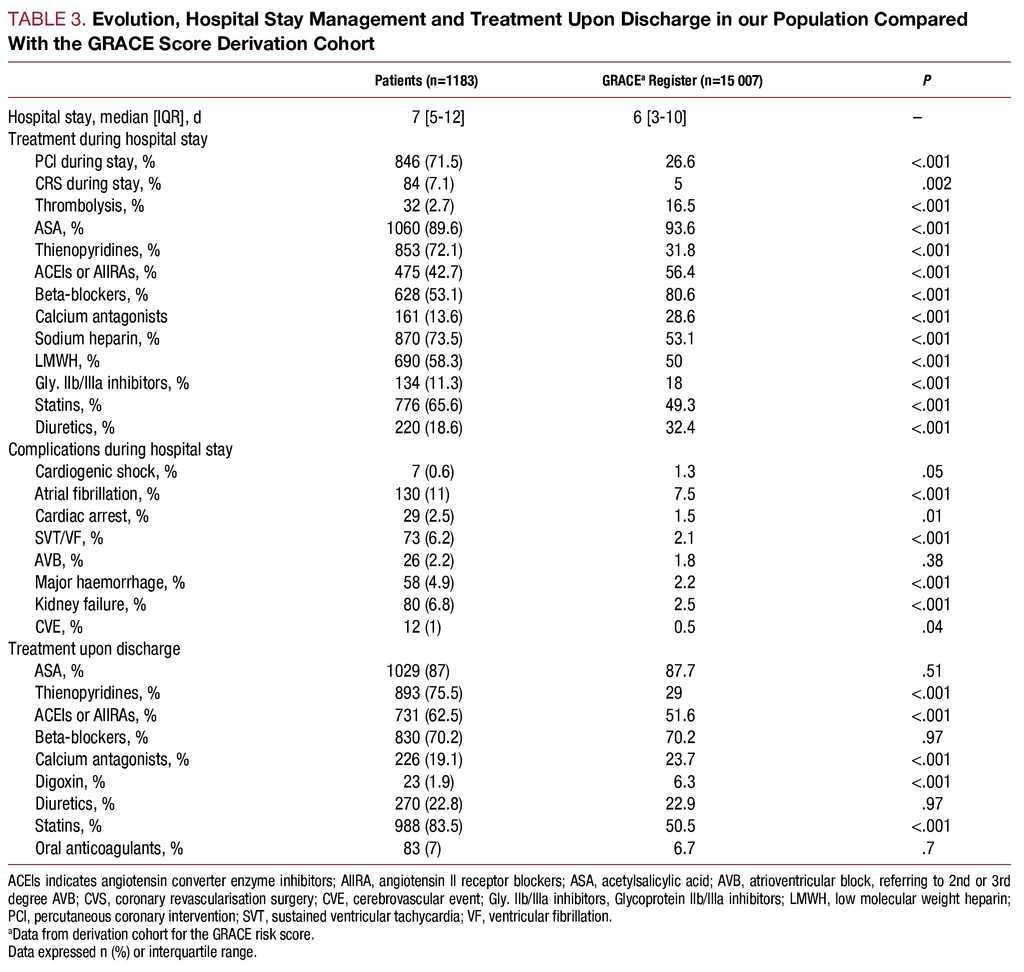
Validation Of The Grace Risk Score For Predicting Death Within 6 Months Of Follow Up In A Contemporary Cohort Of Patients With Acute Coronary Syndrome Revista Espanola De Cardiologia English Edition

Prognostic Value Of The Combination Of Grace Risk Score And Mean Platelet Volume To Lymphocyte Count Ratio In Patients With St Segment Elevation Myocardial Infarction After Percutaneous Coronary Intervention
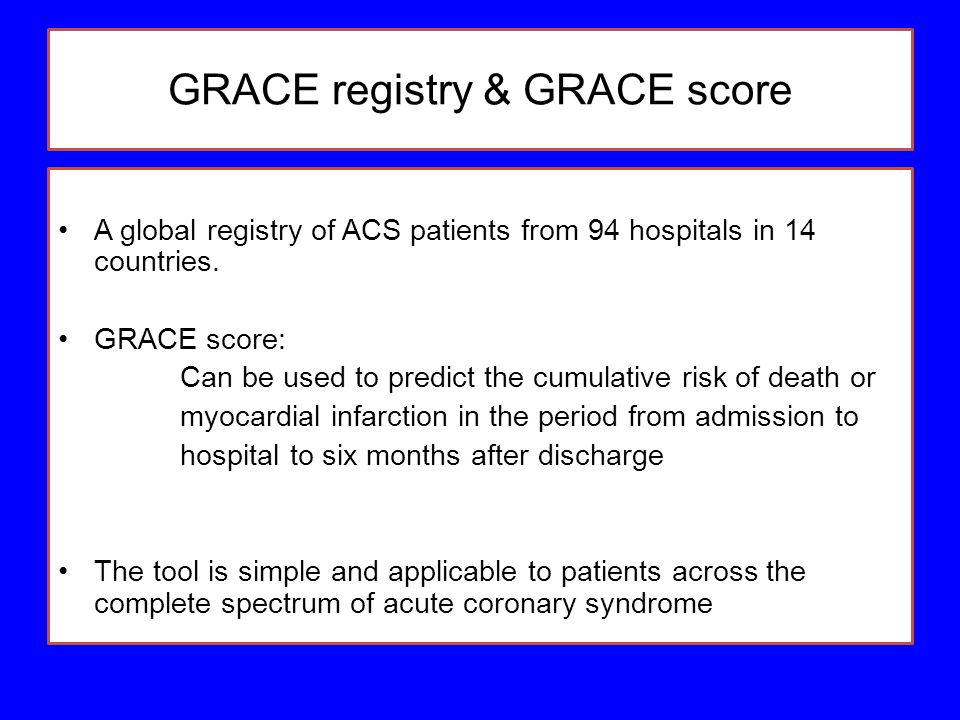
Risk Stratification And Medical Management Of Nste Acs Ua Nstemi Ppt Video Online Download

High Risk Non St Elevation Acute Coronary Syndromes Nsteacs For Paramedics Journal Of Paramedic Practice

Figure 2 From Does Simplicity Compromise Accuracy In Acs Risk Prediction A Retrospective Analysis Of The Timi And Grace Risk Scores Semantic Scholar
Q Tbn 3aand9gcqpbcmrdyktiv 8feg1qduly7vbjqpnhsevbt 6z Pz3a Wyqvt Usqp Cau

Top Pdf About Timi Risk Score 1library

Timing Of Angiography And Outcomes In High Risk Patients With Non St Segment Elevation Myocardial Infarction Managed Invasively Circulation

In Hospital Mortality Analysis Of Japanese Patients With Acute Coronary Syndrome Using The Tokyo Ccu Network Database Applicability Of The Grace Risk Score Sciencedirect
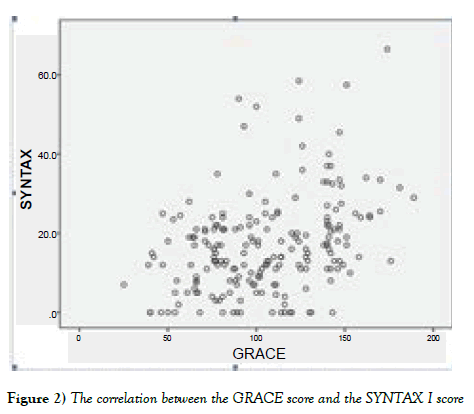
Grace Score Also Predicts Anatomic Complexity Of Coronary Artery Disease Patients Presenting With Non Stemi
Q Tbn 3aand9gcstw5 154ytundhg1wfgp7kqyokunovroyrnxgtesgtc M5qo77 Usqp Cau
Http Www Bacpr Com Resources Fri 6th Oct 17 Session 7 Mitchell Lindsay Pdf
Q Tbn 3aand9gcskjkg817zmnceno5yufrdxmvd5e756gibv 39kl4bgnmfk 67g Usqp Cau

Grace Score Validation In Predicting Hospital Mortality Analysis Of The Role Of Sex Journal Of Women S Health

Grace Score In Patients With Coad Phoenix Cardiology
Plos One Does Simplicity Compromise Accuracy In Acs Risk Prediction A Retrospective Analysis Of The Timi And Grace Risk Scores

Left Main And Or Three Vessel Disease In Patients With Non St Segment Elevation Myocardial Infarction And Low Risk Grace Score Prevalence Clinical Outcomes And Predictors Revista Portuguesa De Cardiologia
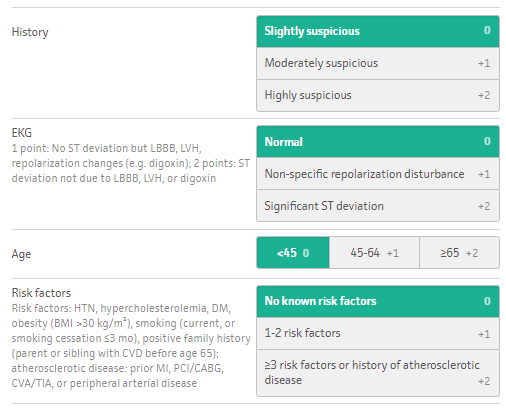
Link To And Excerpts From The Heart Score For Major Cardiac Events On Mdcalc Tom Wade Md
Www Nwcscnsenate Nhs Uk Files 9014 5642 1864 Cmscn Nstemi Acs Guideline Final 16 Pdf

Comparison Of The Grace Heart And Timi Score To Predict Major Adverse Cardiac Events In Chest Pain Patients At The Emergency Department Sciencedirect

Application Of Risks Scores In Acute Coronary Syndromes How Does Proacs Hold Up Against Other Risks Scores

Jpma Journal Of Pakistan Medical Association

Comparison Of Risk Pci Grace Timi Risk Scores For Prediction Of Major Adverse Cardiac Events In Patients With Acute Coronary Syndrome Abstract Europe Pmc

Contemporary Revascularization Dilemmas In Older Adults Journal Of The American Heart Association

Emdocs Net Emergency Medicine Educationcurrent Ed Management Of Non St Segment Elevation Mi Nstemi A Practice Update Emdocs Net Emergency Medicine Education
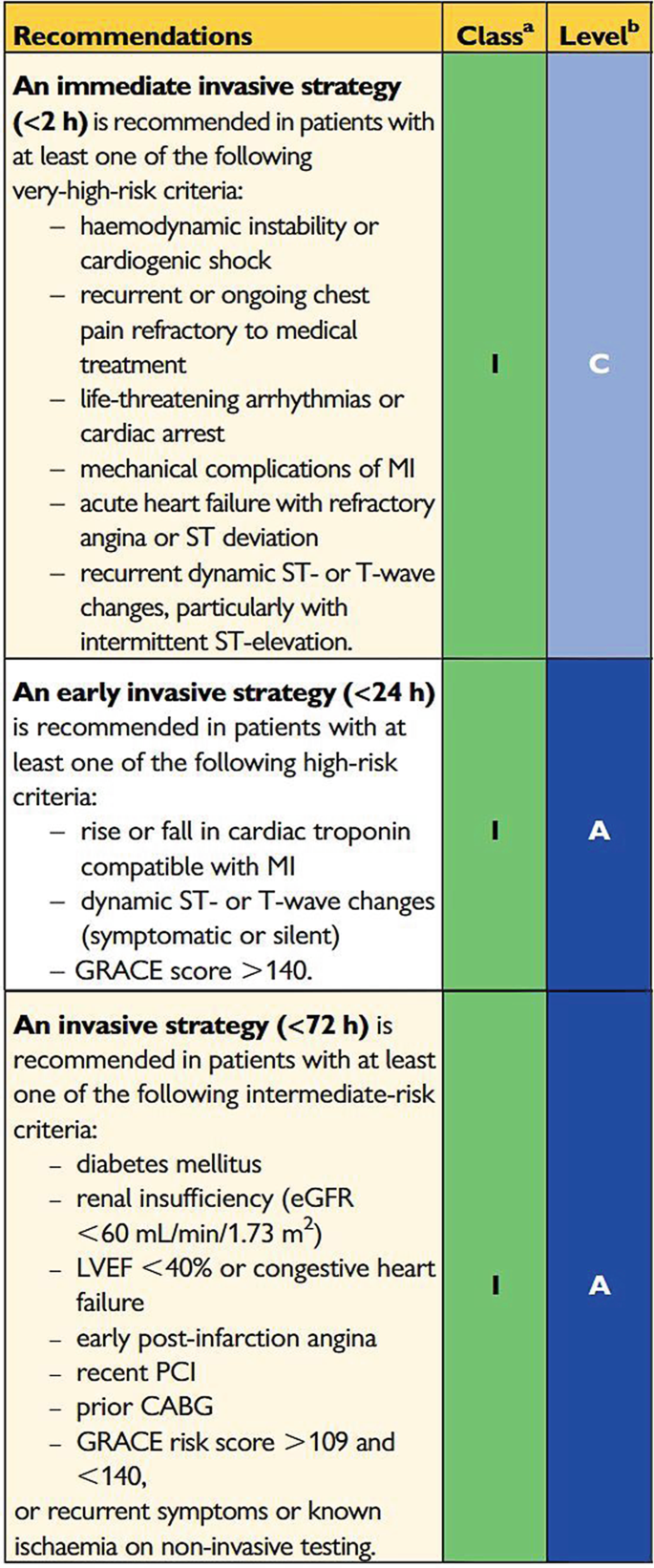
Indications For An Early Invasive Strategy In Nste Acs Patients Springerlink
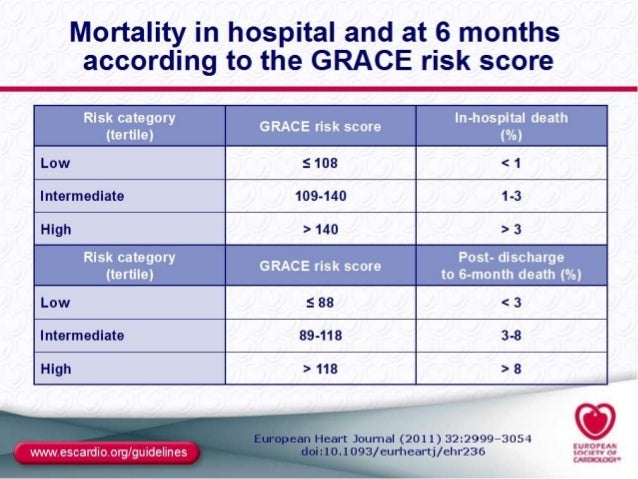
Risk Stratification Of Ua Nstemi

Know The Best Immediate Treatment For European Society Of Cardiology Facebook
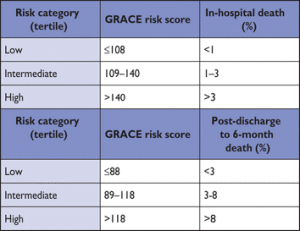
Emdocs Net Emergency Medicine Educationcurrent Ed Management Of Non St Segment Elevation Mi Nstemi A Practice Update Emdocs Net Emergency Medicine Education
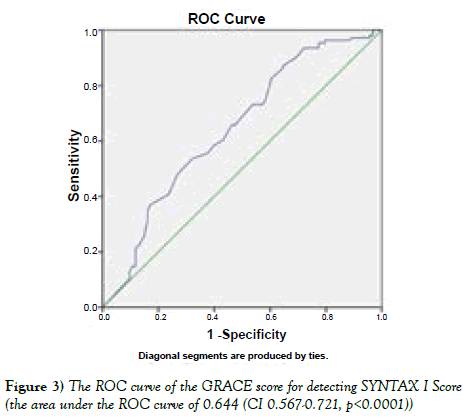
Grace Score Also Predicts Anatomic Complexity Of Coronary Artery Disease Patients Presenting With Non Stemi

Risk Coronary Artery Disease Radcliffe Cardiology

Poll Results Nstemi In The Covid Positive Patient American College Of Cardiology

Jpma Journal Of Pakistan Medical Association

Validation Of The Grace Risk Score For Predicting Death Within 6 Months Of Follow Up In A Contemporary Cohort Of Patients With Acute Coronary Syndrome Revista Espanola De Cardiologia English Edition
Q Tbn 3aand9gcqe658cswtb J1qlybpepimupe6et4kjmqixdsc1n8mbdjzj3fd Usqp Cau

Nstemi Risks Iphone And Ipad Medical App Review

Details Of The Grace Risk Score For Calculating 30 Day And 6 Month Download Table
Eurheartj Oxfordjournals Org Content Early 05 03 11 Eurheartj Ehi187 Full Pdf

Nstemi The Latest Evidence In Emergency Department Management

Acute Coronary Syndromes Rcemlearning

Comparison Of Acute Versus Subacute Coronary Angiography In Patients With Non St Elevation Myocardial Infarction From The Nonstemi Trial American Journal Of Cardiology

Know The Best Immediate Treatment For European Society Of Cardiology Facebook
Http Eprints Gla Ac Uk 1 Pdf

Grace Risk Score And Outcomes Low Intermediate And High Categories Download Table

Application Of Risks Scores In Acute Coronary Syndromes How Does Proacs Hold Up Against Other Risks Scores

The Relationship Between Rdw And The Grace Risk Score With In Hospital Death In Non St Elevation Myocardial Infarction And Unstable Angina Pectoris Jacc Journal Of The American College Of Cardiology

Educate Acute Coronary Syndrome

Components Of The Timi Ua Nstemi Grace Non Ste Acs And Heart Scores Download Table

Components Of The Timi Ua Nstemi Grace Non Ste Acs And Heart Scores Download Table

Acute Coronary Syndrome Current Treatment American Family Physician

Table 1 From Does Simplicity Compromise Accuracy In Acs Risk Prediction A Retrospective Analysis Of The Timi And Grace Risk Scores Semantic Scholar
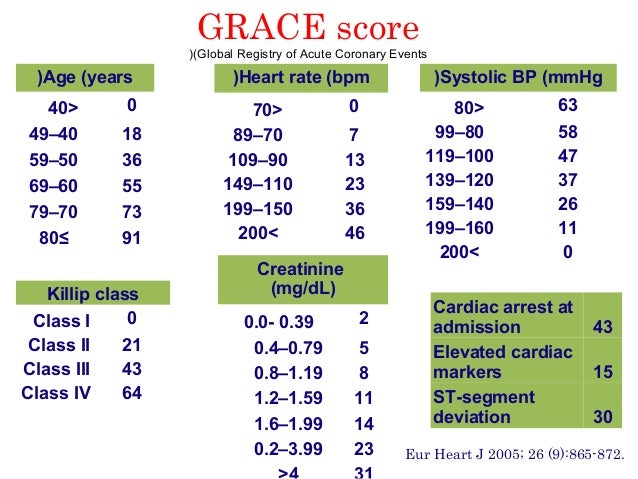
Risk Stratification Of Ua Nstemi
Www Escardio Org Static File Escardio Education Live Events Courses Education Resource 003 1300 Bassand Wbz Mon S01a Pdf

Clinical Risk Scores In Acs Management Current And Future Directions Advances In Acute Coronary Syndrome Management

Risk Stratification In Unstable Angina And Non St Segment Elevation Myocardial Infarction Thoracic Key

Timi And Grace Risk Scores Predict Both Short Term And Long Term Outcomes In Chinese Patients With Acute Myocardial Infarction Abstract Europe Pmc

Invasive Versus Non Invasive Management Of Older Patients With Non St Elevation Myocardial Infarction Senior Nstemi A Cohort Study Based On Routine Clinical Data The Lancet
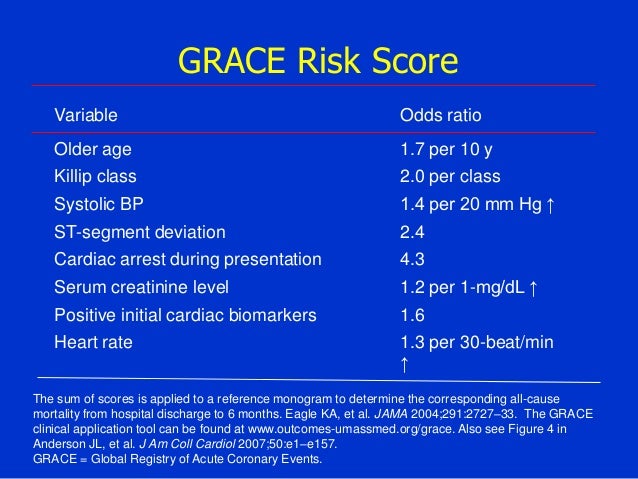
Acute Coronary Syndrome Nstemi

Acs Mechanisms Of Acs Nejm 13 Atypical Presentations Of Acs Diaphoresis Unexplained Fatigue N And V Upper Abdominal Discomfort Exertional Symptoms Ua Nstemi Typical Chest Pain See Chest Pain For Details Pretest Probability Of Cad Or
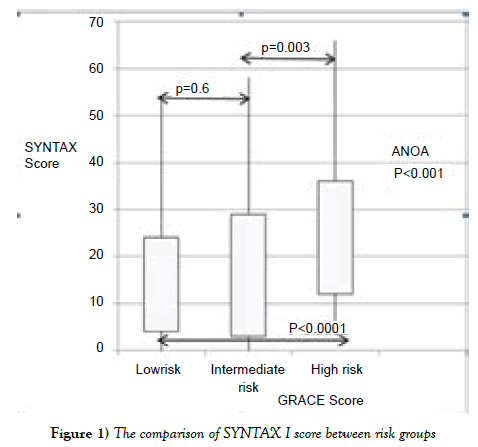
Grace Score Also Predicts Anatomic Complexity Of Coronary Artery Disease Patients Presenting With Non Stemi
Www Acc Org Media Non Clinical Files Pdfs Excel Ms Word Etc Meetings 18 Course Pdfs Middle East Friday 1600 Acc10shaibi Pdf La En Hash 5fcf7e57babc2234facc4f8cbf232f122ab

Evaluation Of The Impact Of The Grace Risk Score On The Management And Outcome Of Patients Hospitalised With Non St Elevation Acute Coronary Syndrome In The Uk Protocol Of The Ukgris Cluster Randomised Registry Based

Jpma Journal Of Pakistan Medical Association

Acute Coronary Syndrome Acs And The Timi Risk Score Core Im Podcast

Acute Coronary Syndromes Rcemlearning

Acs Im Reference

Left Main And Or Three Vessel Disease In Patients With Non St Segment Elevation Myocardial Infarction And Low Risk Grace Score Prevalence Clinical Outcomes And Predictors Sciencedirect
Academic Oup Com Eurheartj Article Pdf 39 42 3798 Ehy517 Pdf
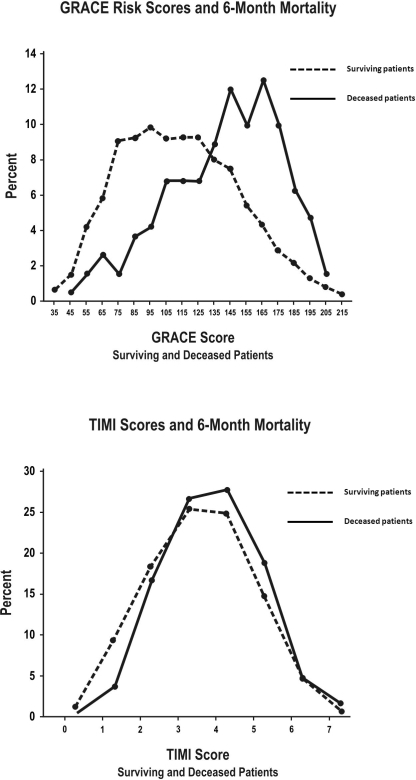
Risk Score Distributions Of Ua Nstemi Patients For 6 Mo Open I

Non St Segment Acute Coronary Syndromes Cardiology Clinics
Gale Onefile Health And Medicine Document Prognostic Value Of Syntax Score Ii In Patients With Acute Coronary Syndromes Referred For Invasive Management A Subanalysis From The Spum And Comfortable Ami Cohorts

Validation Of The Grace Risk Score For Predicting Death Within 6 Months Of Follow Up In A Contemporary Cohort Of Patients With Acute Coronary Syndrome Revista Espanola De Cardiologia English Edition

My Latest Paper The Value Of The Grace Score For Predicting The Syntax Score In Patients With Unstable Angina Non St Elevation Myocardial Infarction Akbar Shafiee Md Msc
Www Escardio Org Static File Escardio Education Live Events Courses Education Resource 003 1300 Bassand Wbz Mon S01a Pdf
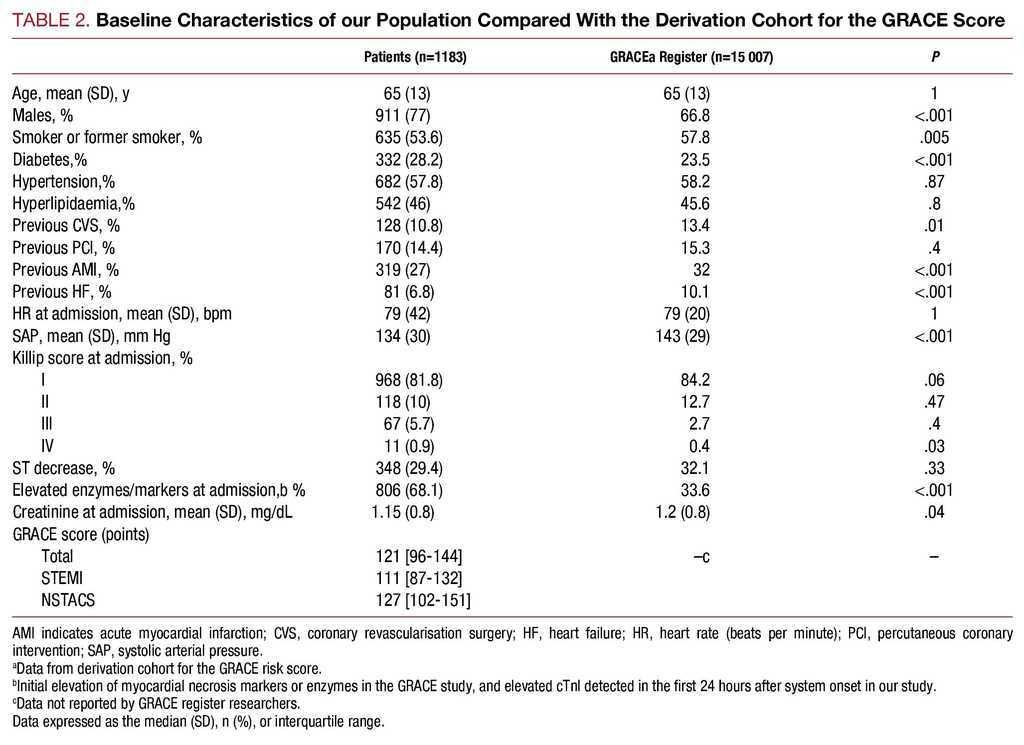
Validation Of The Grace Risk Score For Predicting Death Within 6 Months Of Follow Up In A Contemporary Cohort Of Patients With Acute Coronary Syndrome Revista Espanola De Cardiologia English Edition

Does Simplicity Compromise Accura Preview Related Info Mendeley

Acs Mechanisms Of Acs Nejm 13 Atypical Presentations Of Acs Diaphoresis Unexplained Fatigue N And V Upper Abdominal Discomfort Exertional Symptoms Ua Nstemi Typical Chest Pain See Chest Pain For Details Pretest Probability Of Cad Or
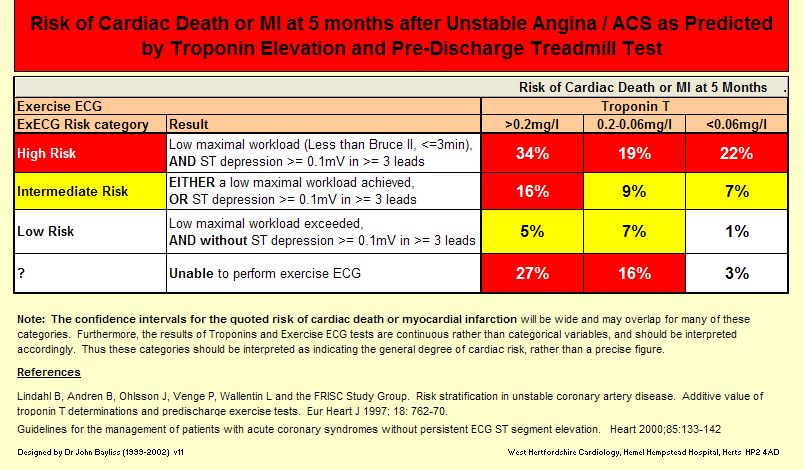
The Cardiology Library Zunis

Acute Coronary Syndrome Current Treatment American Family Physician
Comparison Of The Timi Grace Pami And Cadillac Risk Scores For Prediction Of Long Term Cardiovascular Outcomes In Taiwanese Diabetic Patients With St Segment Elevation Myocardial Infarction From The Registry Of The Taiwan Society

In Hospital Mortality Analysis Of Japanese Patients With Acute Coronary Syndrome Using The Tokyo Ccu Network Database Applicability Of The Grace Risk Score Sciencedirect

Grace Score Validation In Predicting Hospital Mortality Analysis Of The Role Of Sex Journal Of Women S Health
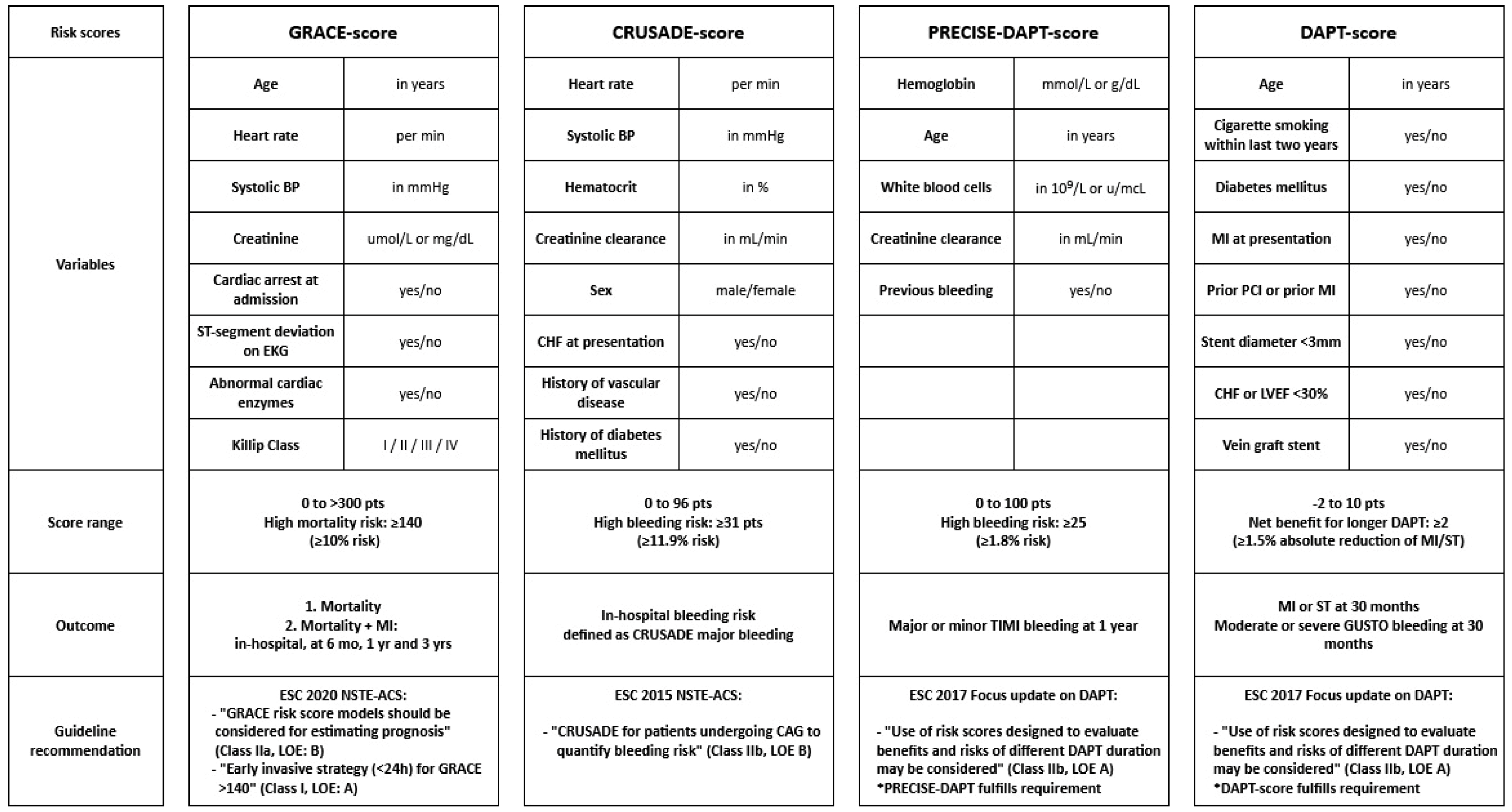
Jcm Free Full Text Risk Assessment Using Risk Scores In Patients With Acute Coronary Syndrome Html

My Latest Paper The Value Of The Grace Score For Predicting The Syntax Score In Patients With Unstable Angina Non St Elevation Myocardial Infarction Akbar Shafiee Md Msc

Nstemi The Latest Evidence In Emergency Department Management
Gale Academic Onefile Document Approach To Chest Pain And Acute Myocardial Infarction

Hosmer Lemeshow Calibration Statistics For The Timi And Grace Risk Scores Download Table

Clinical Risk Scores In Acs Management Current And Future Directions Advances In Acute Coronary Syndrome Management

Risk Stratification Of An Acs Patient



